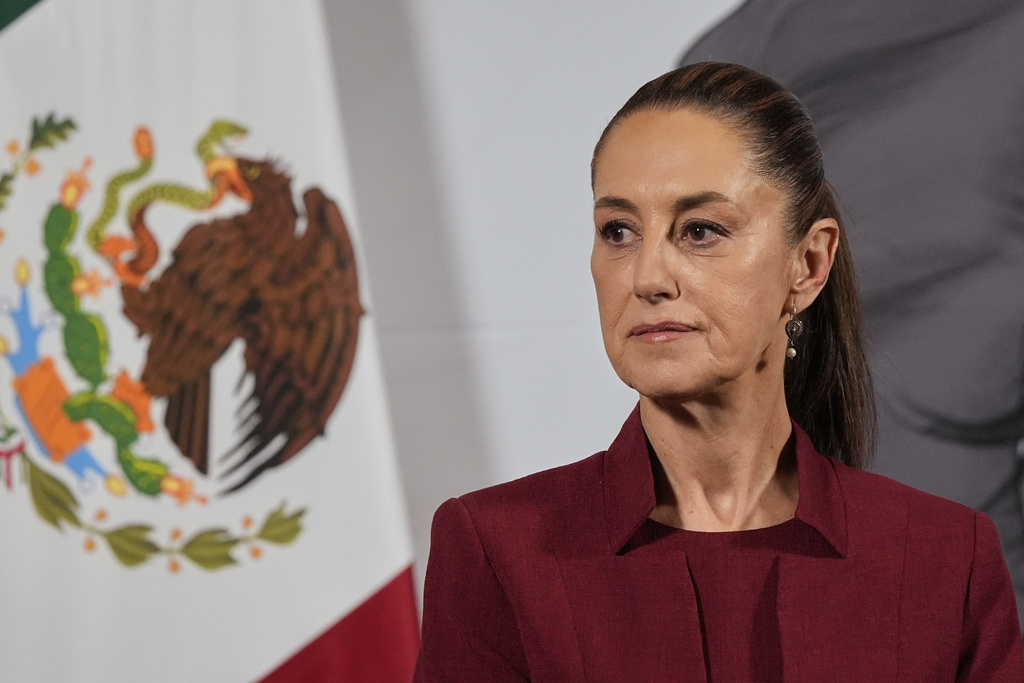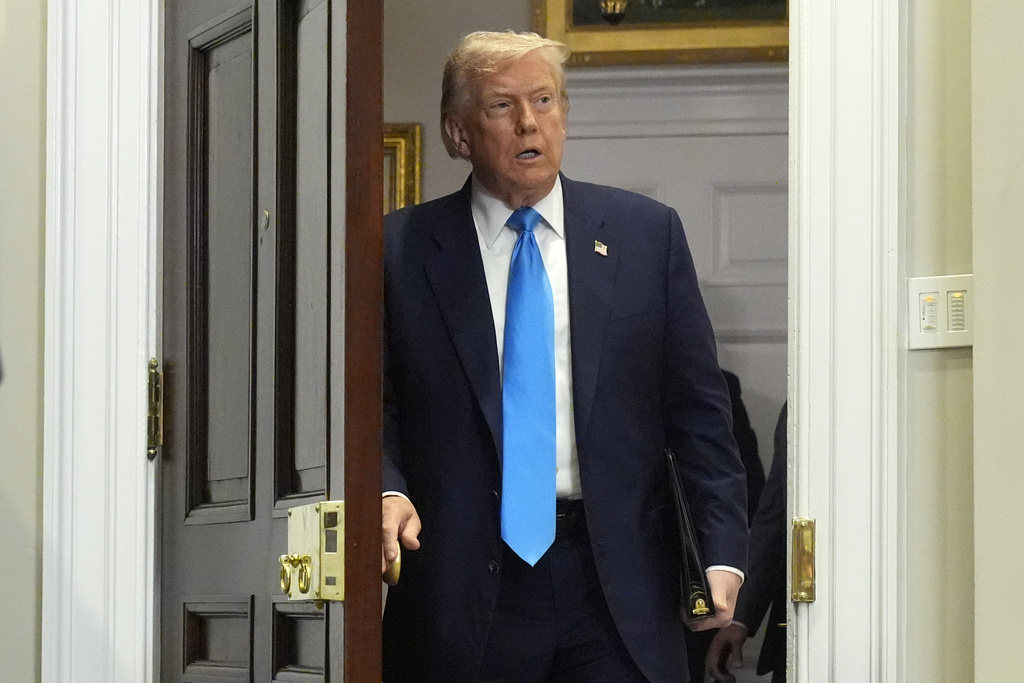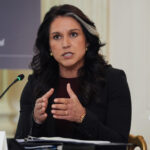Trump Targets 68 Countries With New Import Tariffs \ Newslooks \ Washington DC \ Mary Sidiqi \ Evening Edition \ President Donald Trump signed a sweeping executive order Thursday night imposing new tariffs on dozens of countries and the EU. The order delays implementation until August 7, giving time to finalize rate adjustments across nearly 100 global partners. The move marks a major step in Trump’s evolving trade agenda, reigniting tensions with long-standing U.S. allies.

Quick Looks
- Trump signs order setting tariffs on 68 countries and EU, effective Aug. 7.
- Rates vary by country, from 10% to 50%, based on trade imbalance.
- Switzerland faces 39% tariff; Brazil reduced from 50% to 10%.
- 10% baseline rate imposed on nations not specifically listed.
- Mexico secures 90-day negotiation period, keeps 25% tariff rate.
- Tariff tied to fentanyl concerns on Canadian imports raised to 35%.
- Deals reached with South Korea, Japan, EU, Indonesia, Philippines, Thailand.
- Some nations, including Norway and Switzerland, await clarification.
- USMCA still shields select goods from tariffs—but Trump signals renegotiation.
- Trump cites trade deficits, especially with Mexico, to justify policy.
Deep Look
In a dramatic escalation of his protectionist trade agenda, President Donald Trump on Thursday evening signed an executive order imposing tariffs on a wide range of U.S. trading partners. The sweeping order, which affects 68 countries and the European Union, sets the new tariff regime to begin August 7, giving both governments and businesses just days to prepare for wide-reaching economic consequences.
The order was signed shortly after 7 p.m. and followed a week of intense activity in Washington and around the world. According to a senior administration official, the delayed implementation will allow for the final adjustment of tariff rates across multiple nations and commodities. The official spoke anonymously, citing briefing protocol.
“We have made a few deals today that are excellent deals for the country,” Trump told reporters, though he offered no details on which countries were involved.
The new tariffs range widely:
- Lesotho, originally facing a 50% tariff, now lands at 15%
- Taiwan will face 20%, Pakistan 19%, and a group of countries—including Israel, Iceland, Norway, Fiji, Ghana, Guyana, and Ecuador—will also be taxed at 15%
- Switzerland receives one of the highest rates at 39%
- Brazil, initially subject to 50% tariffs, is now only hit with 10% as 40% was shifted to a separate order
A baseline 10% tariff will apply to all countries not individually named in the executive order.
Tense Negotiations and Last-Minute Calls
Earlier in the day, Trump held a phone call with Mexican President Claudia Sheinbaum, one of America’s key trading partners. As a result, the U.S. agreed to a 90-day negotiating period with Mexico. Trump kept current 25% tariffs in place—lower than the 30% initially threatened—and claimed a “very successful” conversation with Sheinbaum.
“We avoided the tariff increase announced for tomorrow and we got 90 days to build a long-term agreement through dialogue,” Sheinbaum posted on X.
The executive order builds on Trump’s “Liberation Day” tariffs in April, which caused a stock market shock and raised fears of recession. Those events triggered a 90-day global negotiation window, which expired this week. In the absence of sufficient new deals, Trump followed through on his threat, issuing updated rates and warning countries that failed to comply with his trade terms.
In recent days, Trump has struck trade frameworks with South Korea, Japan, the European Union, Indonesia, the Philippines, Cambodia, and Thailand. According to Commerce Secretary Howard Lutnick, deals with Cambodia and Thailand were part of a broader effort to stabilize their border conflict.
Trump separately amended an executive order Thursday to raise fentanyl-related tariffs on Canada from 25% to 35%, citing national security concerns. Despite Canadian Prime Minister Mark Carney reaching out, Trump declined to speak with him.
Frameworks Incomplete, EU and Norway Still in Limbo
By Thursday evening, several key trading partners still had unresolved tariff statuses. EU leaders were awaiting documentation to finalize a 15% tariff framework agreed to earlier in the week. Meanwhile, nations like Switzerland and Norway remained in uncertainty about the details of their imposed rates.
Some imported goods remain temporarily protected under the U.S.-Mexico-Canada Agreement (USMCA), which Trump negotiated during his first term. However, the president now appears to be reconsidering the agreement. Trump has openly criticized the USMCA in recent speeches and indicated that the deal could face renegotiation in 2026.
“We’ve been taken advantage of for too long,” Trump has said, referencing the $171.5 billion U.S. trade deficit with Mexico in 2024—up from $63.3 billion in 2016, before his first term.
During Thursday’s press call, administration officials said tariff rates were determined based on each country’s trade imbalance with the U.S. and their regional economic profiles.
Business Community Reacts, Legal Questions Linger
U.S. and global corporations responded with concern. Industry leaders fear that the tariffs could trigger inflation, supply chain disruption, and retaliation. Critics argue that the economic costs will be passed to American consumers, despite the administration’s claims of trade fairness.
Moreover, the legality of Trump’s approach remains under review. The president invoked a 1977 emergency law to sidestep congressional approval, a move currently facing court challenges. Judges on the U.S. Court of Appeals questioned whether Trump had overreached his executive powers by broadly declaring trade imbalances a national emergency.
Trump Targets 68 Trump Targets 68







